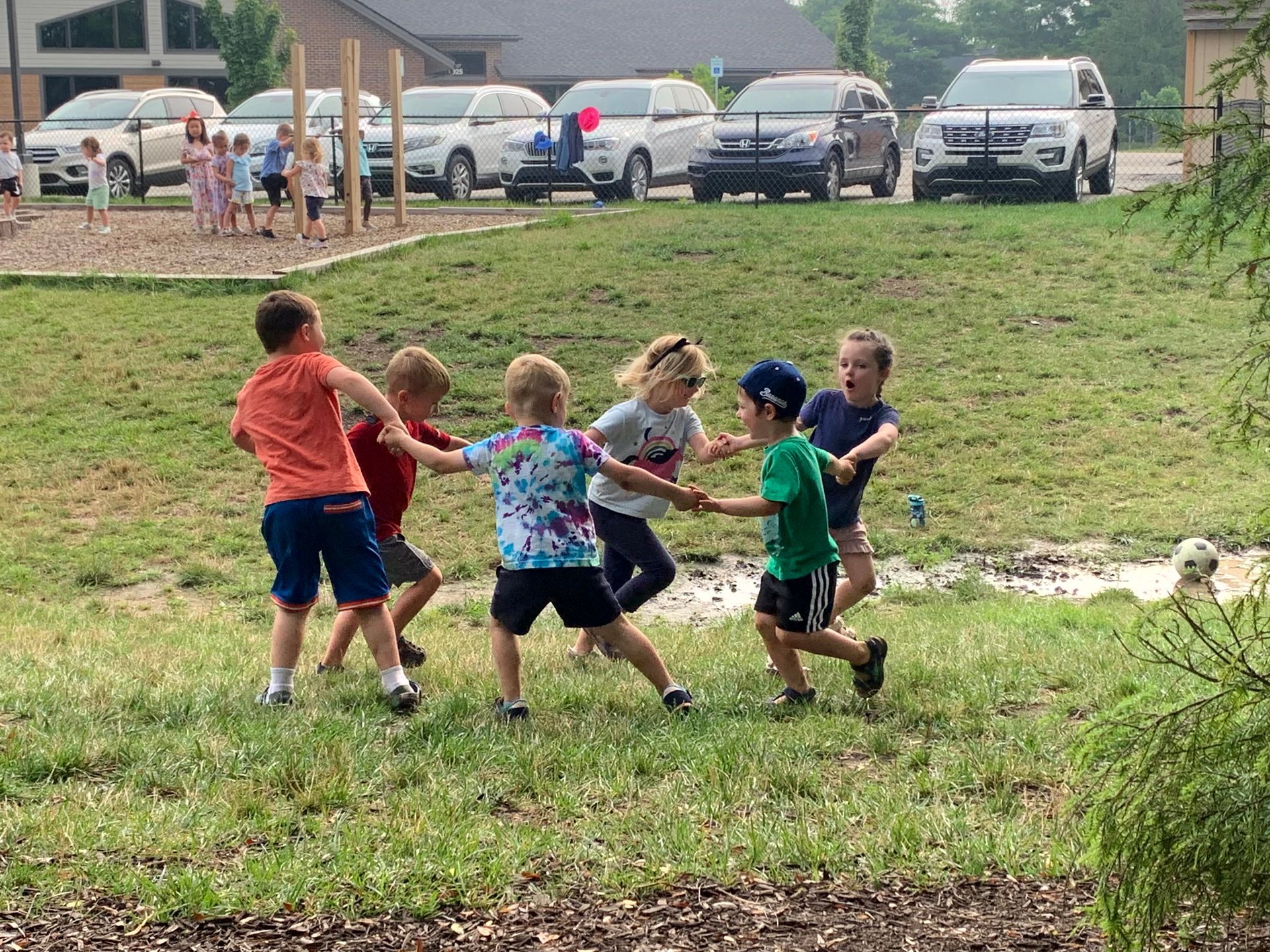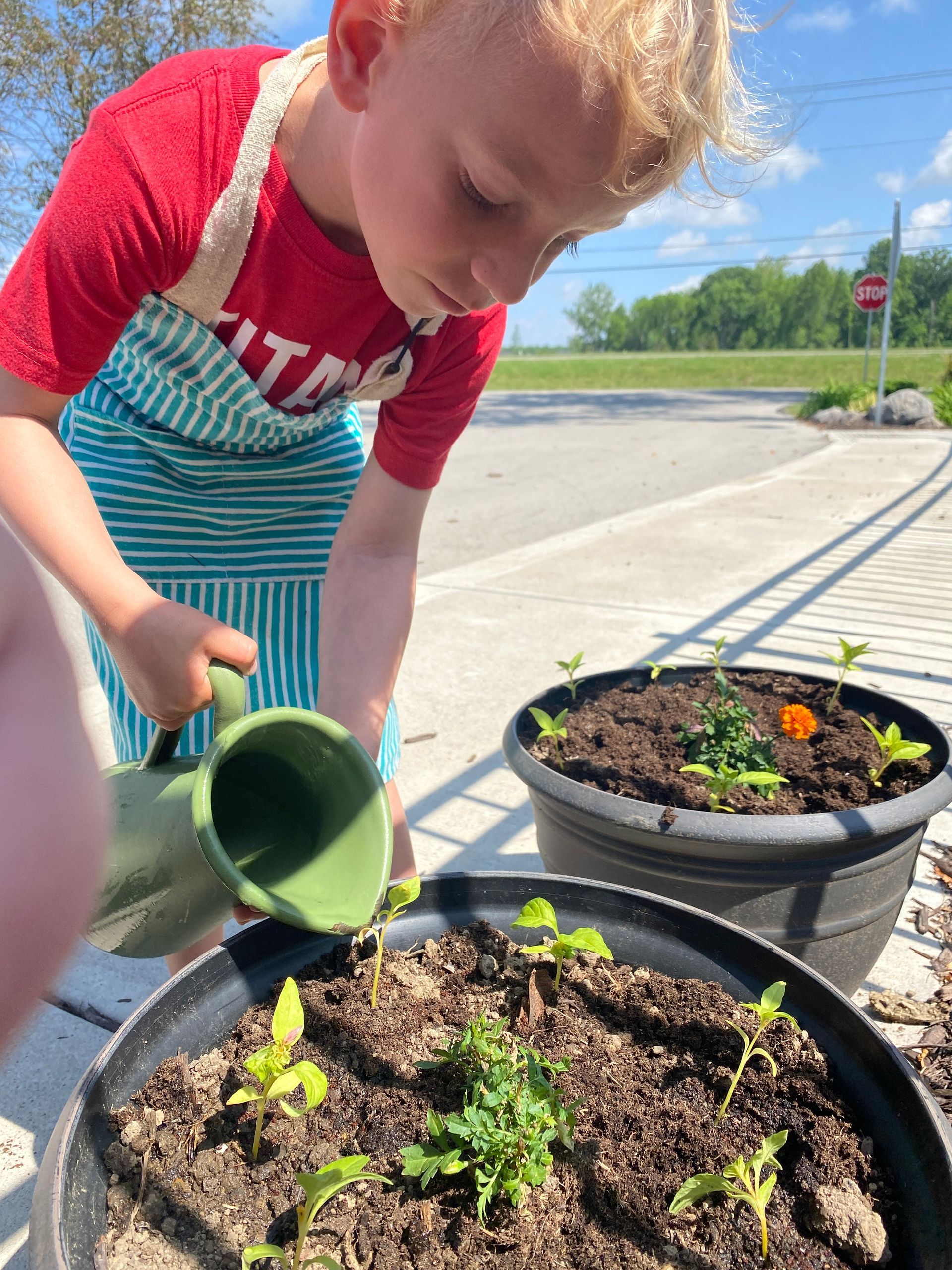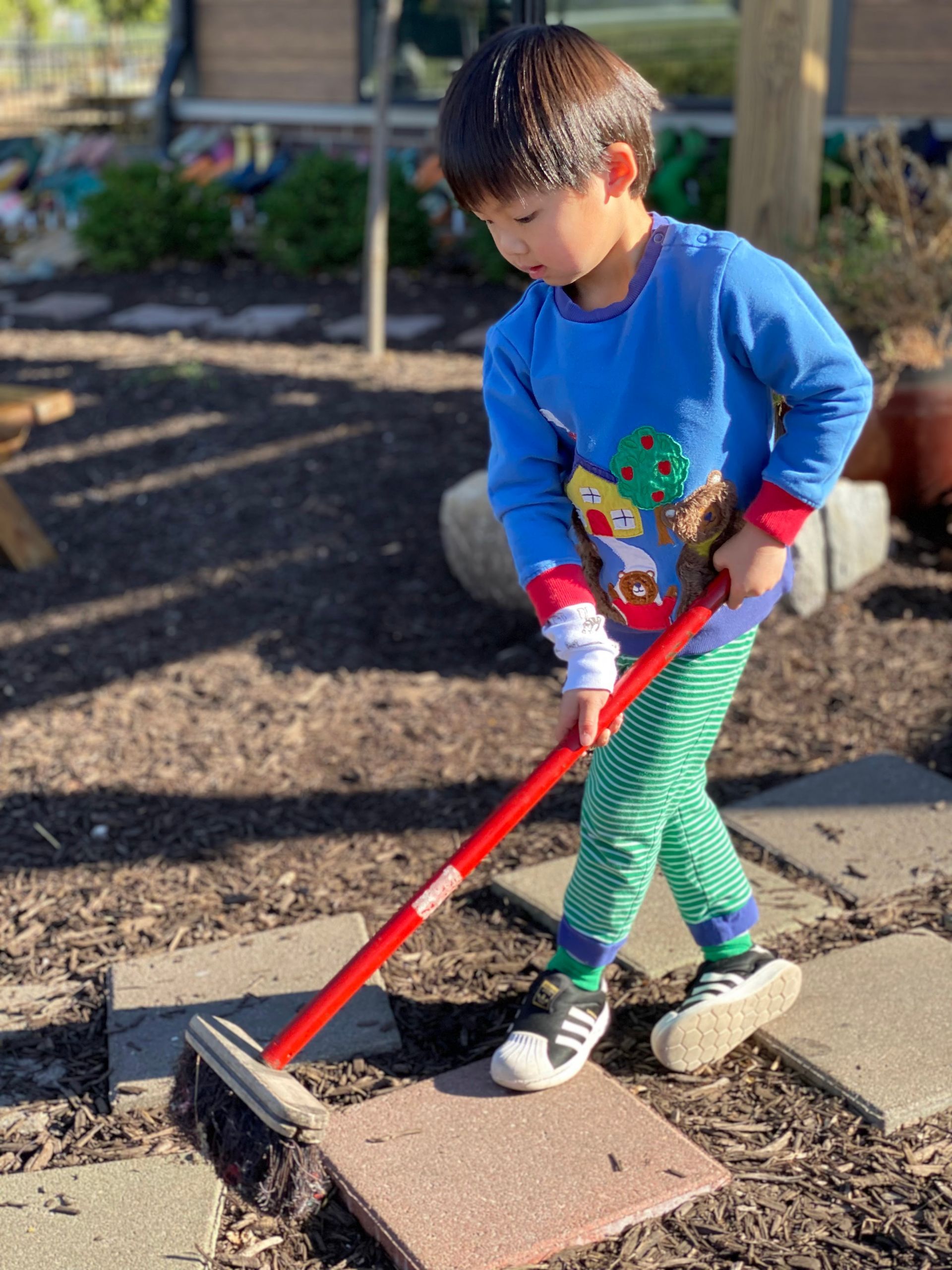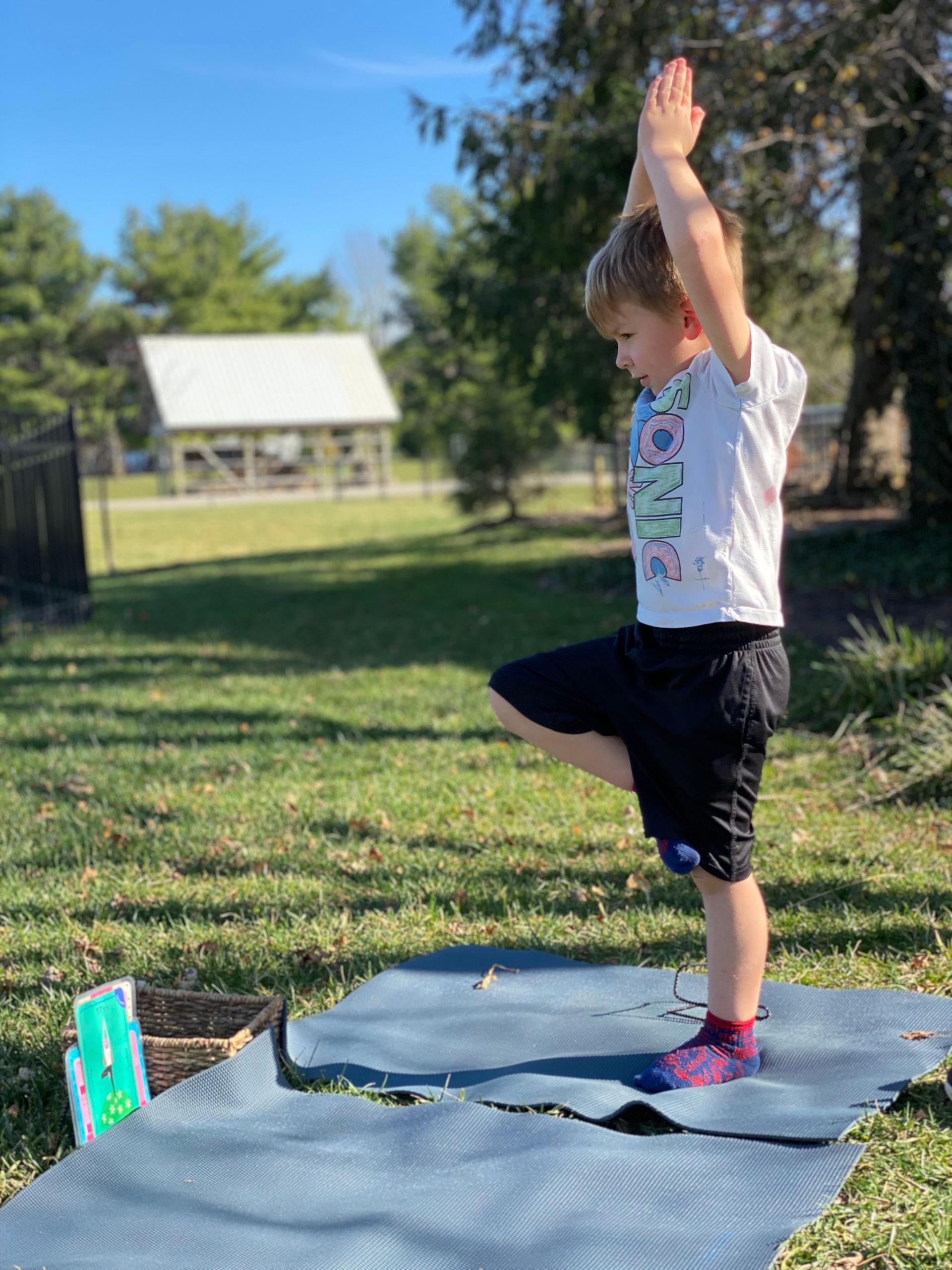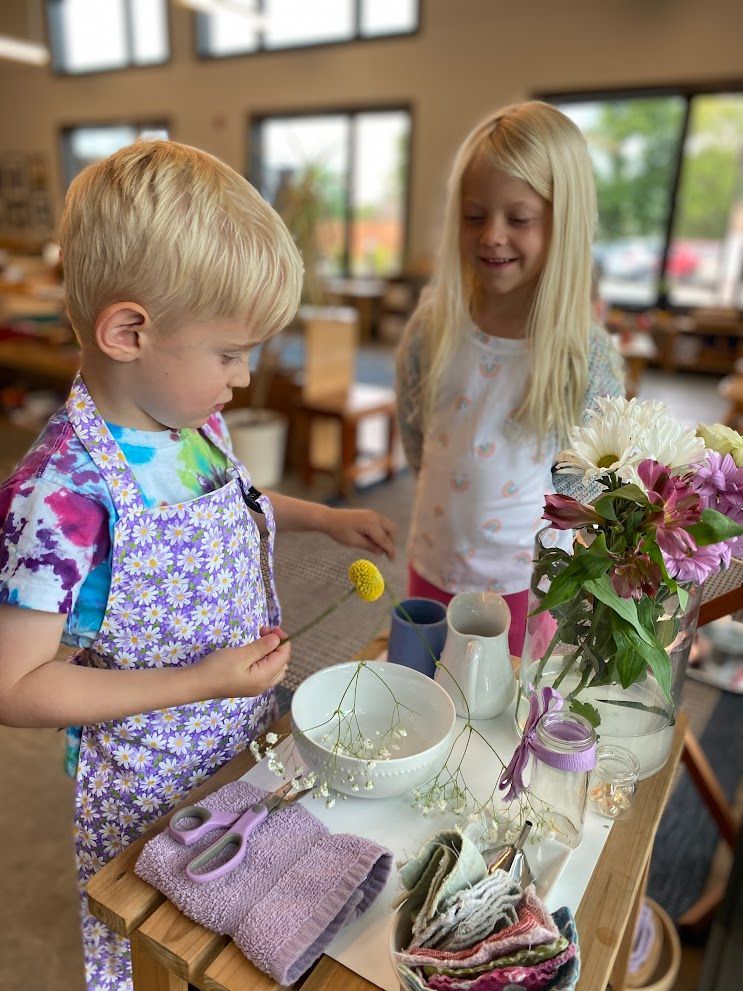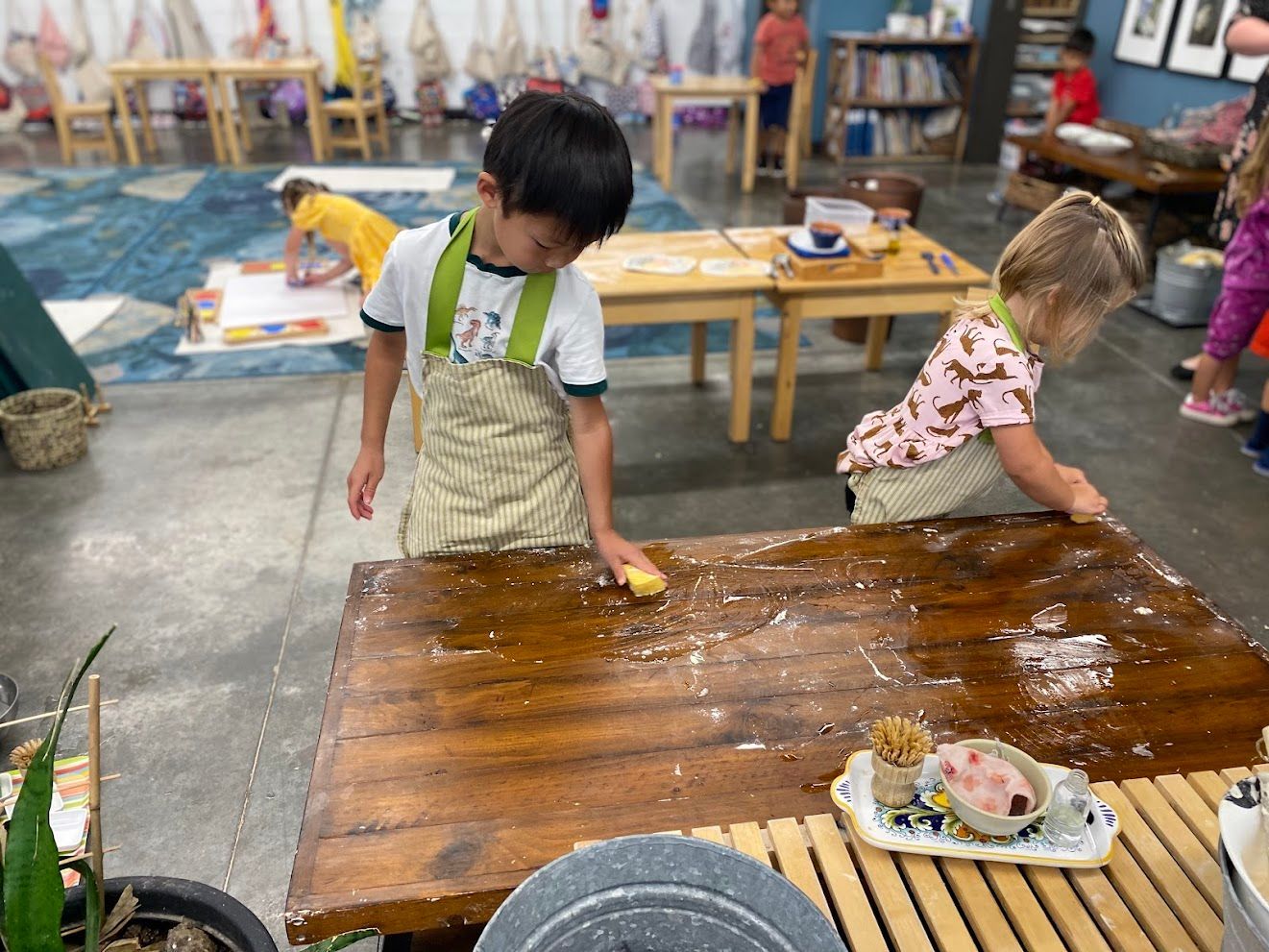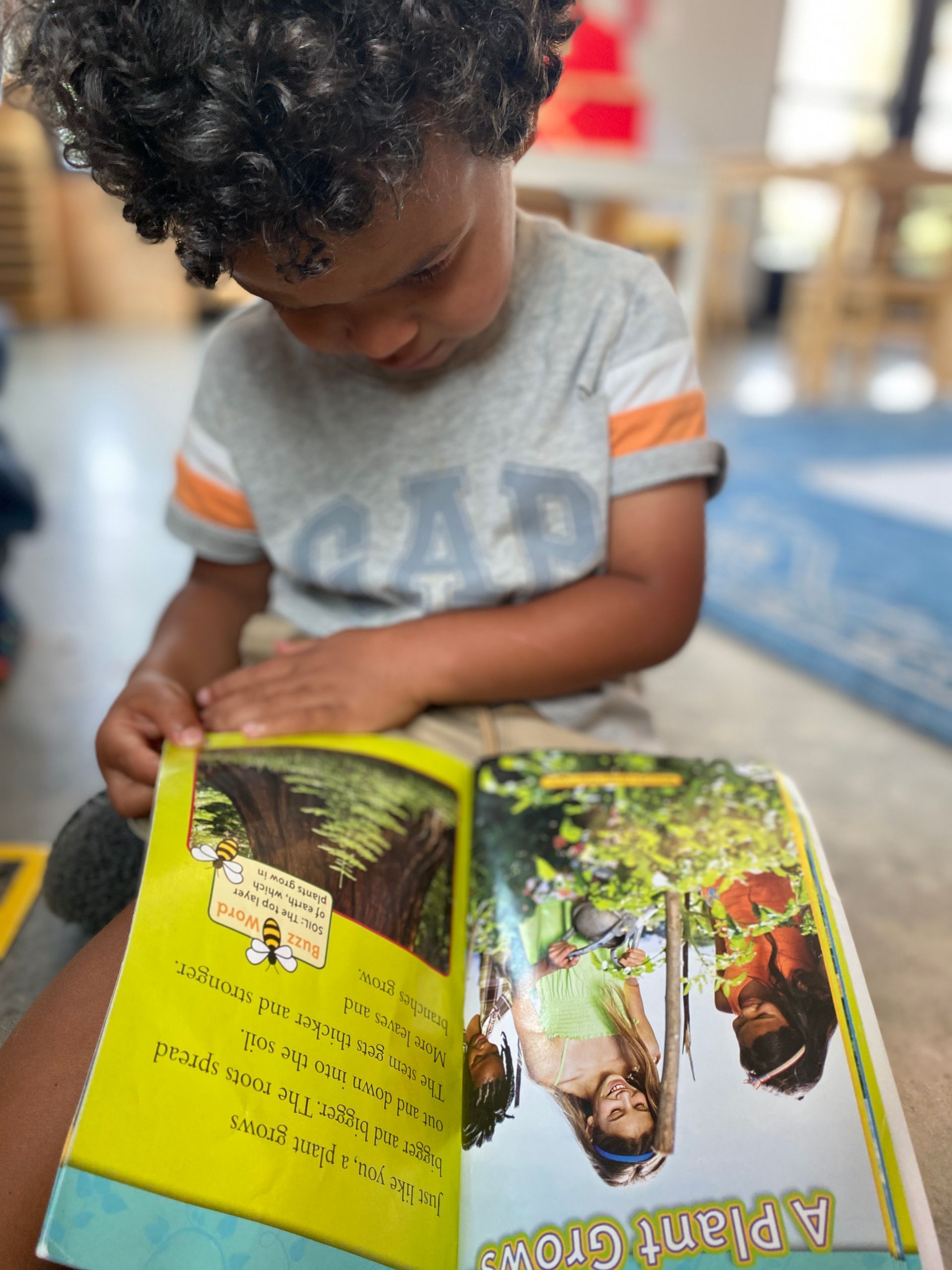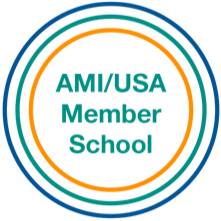“When there is motor and physical activity, you can see a more important kind of education, a kind of education that takes the force of life into account. This education is not driven by its own wisdom, but by another superior wisdom which lays down the law that, if we do not take the vital force into account, we miss the best part of education.”
MARIA MONTESSORI
One of the aspects of the Montessori classrooms that parents often find appealing is the ability of the child to get up when needed and move about the room. People are not meant to sit still all day. Children and adults alike, need to move their bodies and incorporate movement throughout their day. This is especially true for children. Not only is movement needed to allow for the physical benefits, but movement is also necessary as learning is often optimal when movement is built-in.
Movement of the hand is crucial to the development of the youngest children. As their brains are learning in the concrete, the ability to manipulate and move while learning and absorbing information is needed. All of the materials in both the toddler community and primary classrooms are concrete and meant to be explored and touched. The materials were purposely designed to meet the needs of children at this age. Maria Montessori discovered the youngest child was best able to understand concepts when the materials were able to be manipulated by the child. It’s much easier for a child to understand that the Ovoid is three dimensional versus the 2 dimensional oval if he can actually feel the ovoid in his hands. He has a much better understanding of what an ovoid is versus an oval. The same holds true for the math materials. The child really understands that 6,000 is more than 20 if they are carrying this quantity on a tray.
Physical movement of the entire body has been known to increase concentration and cognitive development. Adele Diamond* is the Canada Research Chair Professor of Developmental Cognitive Neuroscience at the University of British Columbia in Vancouver. In her AMI Talks discussion about the importance of movement, she notes that there is a correlation between movement and executive functioning. Children who spend much of the day in deliberate movement have improved executive functioning and cognitive flexibility.
In our Montessori classrooms, many materials are designed and require the child to move about the classroom. A material such as Flower Arranging, requires minimal movement. The child must first choose the material to work with and place the apron on. She then must search for a friend who knows how to tie an apron and ask for help. The child will then return to the Flower Arranging table, choose a vase and then leave again to fill their water pitcher. After pouring water, cutting flowers and arranging them in a vase, the child must then choose where to place the flowers around the room.
In a different example, a Distance Game with the Geometric Cabinet will require continual movement. Children place two rugs very far apart in the room. One rug will contain the drawers that hold 6 geometric shapes and the other will contain the corresponding cards. The child must choose each shape, one by one to bring to the rug with the cards for matching. Most often children will have 2-3 drawers on one rug which could be a total of 12-18 shapes. This is a lot of purposeful movement!
Washing a table will require minimal walking about the room, but requires a good deal of upper body movement. The movements of scrubbing a table in circular motions will strengthen the hand and arm muscles all while promoting cognitive growth. It’s no wonder with all that we know about how young children learn best, and the benefits of movement that parents seek out, our environments naturally include movement into its curriculum. Montessori classrooms naturally have movement within the materials aiding the child in reaching their optimum development.
*Professor Adele Diamond, November 15,2023, AMI Talks: The Importance of Movement

